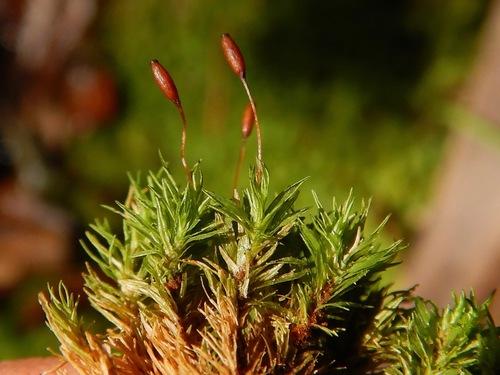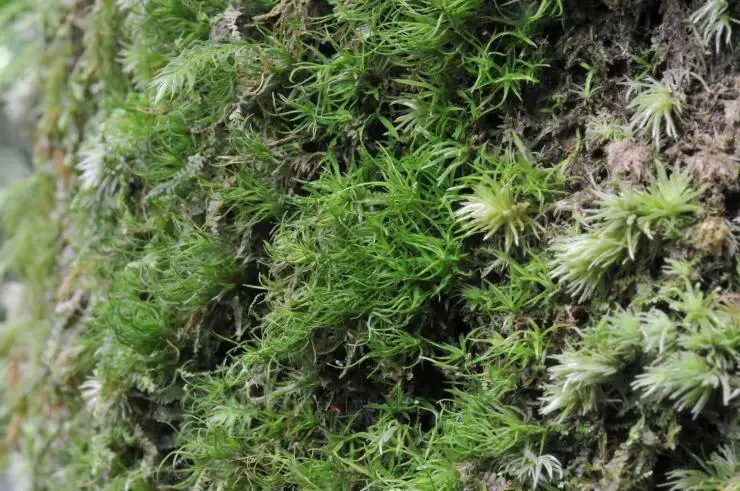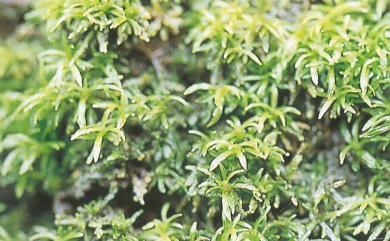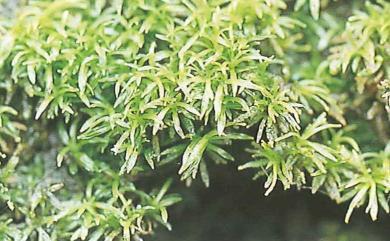
SYRROPODON%2BINCOMPLETUS.JPG from: https://plantasdepuertorico.blogspot.com/2017/01/musgos-calymperaceae-syrrhopodon-sps.html
Introduction
In the vast and captivating world of bryophytes, one particular moss species stands out for its unique characteristics and ecological significance – the Syrrhopodon parasiticus (Sw. ex Brid.) Besch., commonly known as Syrrhopodon. This unassuming yet remarkable member of the Calymperaceae family has captured the interest of botanists, naturalists, and moss enthusiasts alike.
Background
Before delving into the intricacies of this fascinating moss, let’s set the stage with some essential background information. Bryophytes, which include mosses, liverworts, and hornworts, are among the oldest and most primitive land plants on our planet. These resilient organisms have played a crucial role in the colonization of terrestrial environments, paving the way for the evolution of more complex plant life.
Main Content
Morphology and Identification
The Syrrhopodon parasiticus is a small, acrocarpous moss that forms dense, cushion-like tufts or mats. Its slender stems are typically unbranched and can reach heights of up to a few centimeters. The leaves are narrow, lance-shaped, and arranged in a spiral pattern around the stem, giving the plant a distinctive appearance.

PHH0032056.png from: https://cryptogam-phh.hcmus.edu.vn/index.php/en/bryophtes?page=8

medium.jpg from: https://www.inaturalist.org/taxa/169515-Syrrhopodon-parasiticus
One of the most striking features of this moss is its calyptra, a delicate, hairy cap that covers the developing sporophyte (spore-bearing structure). This unique characteristic has earned it the nickname “extinguisher moss,” as the calyptra resembles a miniature fire extinguisher.
Global Distribution and Habitat
The Syrrhopodon parasiticus is widely distributed across tropical and subtropical regions of the world, including parts of Asia, Africa, Australia, and the Americas. It thrives in a variety of habitats, from moist and shaded rock surfaces to the bark of trees and even on decaying logs.
This moss is often found growing in association with other bryophytes, forming intricate and diverse communities that contribute to the overall biodiversity of their ecosystems.

2174e69b73594fa0c620e8af5924f136.jpg from: https://taieol.tw/muse/digi_object/bf7e5eeaf8a578b6413d823dbe679935
Ecological Roles and Adaptations

210fd61036129d4014766d0d251836f3.jpg from: https://taieol.tw/pages/9000/articles
Despite its diminutive size, the Syrrhopodon parasiticus plays a vital role in its environment. These mosses act as pioneers, colonizing bare surfaces and facilitating the establishment of other plant species. They also contribute to soil formation and moisture retention, creating favorable conditions for the growth of larger plants.
Moreover, the Syrrhopodon parasiticus exhibits remarkable adaptations that enable it to thrive in challenging environments. Its ability to withstand desiccation and rapidly absorb water from the atmosphere allows it to survive in areas with intermittent moisture availability.
Case Studies/Examples
In the tropical rainforests of Southeast Asia, the Syrrhopodon parasiticus is a common sight, forming vibrant green carpets on the trunks of ancient trees. These moss mats provide microhabitats for a diverse array of invertebrates, including tiny insects and arachnids, contributing to the overall biodiversity of the ecosystem.
Technical Table

1dc928ba29a896ac104b26394365b498.jpg from: https://taieol.tw/pages/9000

Syrrhopodon-japonicus-bisL.jpg from: https://www.digital-museum.hiroshima-u.ac.jp/~museum/habit/moss_habit/Syrrhopodon japonicus/Syrrhopodon_japonicus.html
| Characteristic | Description |
|---|---|
| Scientific Name | Syrrhopodon parasiticus (Sw. ex Brid.) Besch. |
| Family | Calymperaceae |
| Common Name | Syrrhopodon, Extinguisher Moss |
| Growth Form | Acrocarpous, cushion-like tufts or mats |
| Stem | Slender, unbranched, up to a few centimeters tall |
| Leaves | Narrow, lance-shaped, spirally arranged |
| Calyptra | Hairy, resembling a miniature fire extinguisher |
| Distribution | Tropical and subtropical regions worldwide |
| Habitat | Moist rock surfaces, tree bark, decaying logs |
| Ecological Role | Pioneer species, soil formation, moisture retention |
| Adaptations | Desiccation tolerance, rapid water absorption |
Conclusion
The Syrrhopodon parasiticus, a humble yet extraordinary moss, serves as a testament to the resilience and adaptability of bryophytes. Its unique morphology, global distribution, and ecological significance make it a fascinating subject of study for moss enthusiasts and researchers alike.
As we continue to explore and appreciate the intricate world of mosses, the Syrrhopodon parasiticus reminds us of the incredible diversity and complexity that can be found in even the smallest and most unassuming organisms. Perhaps the next time you encounter a verdant carpet of moss, you’ll pause to appreciate the wonders of the Syrrhopodon parasiticus and the countless other bryophyte species that contribute to the rich tapestry of life on our planet.